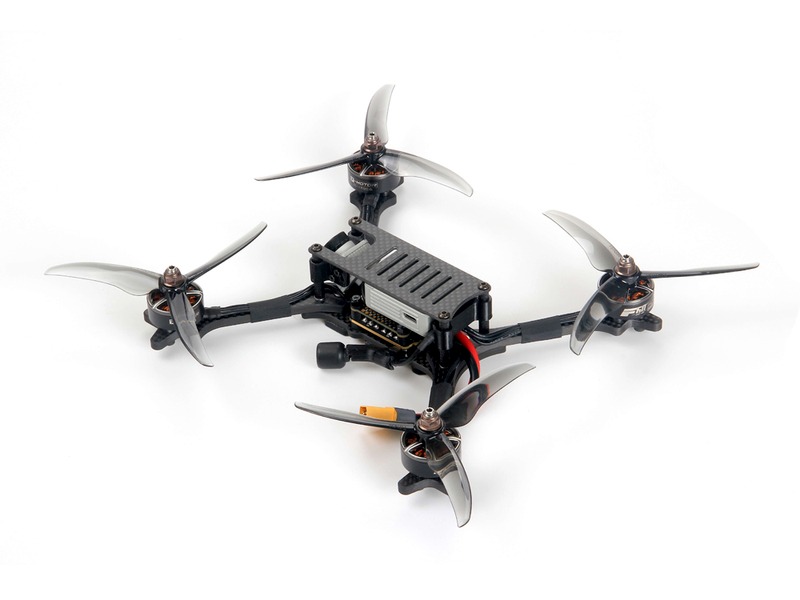Can Airports see drones?

Yes, airports can see drones. Drones are becoming increasingly popular, and airports are taking steps to ensure that they are aware of any drones that may be in the vicinity.
Airports have multiple methods of detecting drones. The most common method is through radar. Radar is used to detect objects in the air, and it can detect drones that are flying within the airport’s airspace. Radar can detect the size, speed, and altitude of the drone, as well as its location. This information can be used to identify the drone and its operator.
In addition to radar, airports also use visual detection methods to spot drones. Airports have personnel on the ground who can visually detect drones in the area. This is especially useful for spotting drones that are flying at low altitudes. Airports also use cameras to monitor the airspace around them. These cameras can be used to detect drones that are flying in the vicinity.
Airports also use radio frequency (RF) detection systems to detect drones. These systems are used to detect the radio signals that are emitted by drones. The signals can be used to identify the drone and its operator.
Finally, airports can also use acoustic detection systems to detect drones. These systems use microphones to detect the sound of a drone’s propellers. This can be used to identify the drone and its operator.
Overall, airports have multiple methods of detecting drones. These methods are used to ensure that airports are aware of any drones that may be in the vicinity. This helps to ensure the safety of aircraft and passengers, as well as the security of the airport.
Comments / Question
1. Airspace Restrictions: Governments around the world have implemented strict regulations for drones, including no-fly zones, altitude restrictions, and other airspace regulations.
2. Drone Detection Systems: Drone detection systems have been developed to detect and track drones in the vicinity of airports. These systems can be used to alert air traffic controllers and pilots of potential collisions.
3. Geofencing: Geofencing is a technology that uses GPS or radio frequency identification (RFID) to create virtual boundaries around an area. When a drone enters this virtual boundary, it is prevented from entering the airspace.
4. Software Updates: Drone manufacturers are constantly updating their software to prevent drones from entering restricted airspace.
5. Education: Many drone operators are now required to take safety courses and pass tests before they can fly drones. This helps to ensure that operators understand the rules and regulations for flying drones safely.
1. Establishing No-Fly Zones: Airports can establish no-fly zones around their airspace to prevent drones from entering the area.
2. Utilizing Drone Detection Systems: Airports can use drone detection systems to detect and identify drones that enter their airspace.
3. Utilizing Geofencing Technology: Airports can use geofencing technology to create virtual barriers around their airspace that prevent drones from entering the area.
4. Utilizing Radio Frequency Jamming: Airports can use radio frequency jamming to disrupt the communication between the drone and its operator, making it difficult for the drone to fly in the area.
5. Utilizing Visual Observers: Airports can use visual observers to spot and identify drones that enter their airspace.

